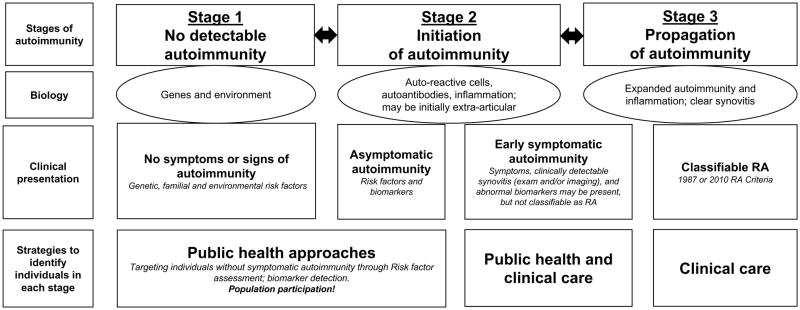Figure 1. Model for rheumatoid arthritis (RA) development.
In this model, RA develops in three general Stages: 1) No detectable autoimmunity, 2) Initiation and then 3) Propagation of autoimmunity. At each Stage, the biology of disease can be defined through a variety of factors. Each Stage is also characterized by clinical presentation that may be asymptomatic, unclassifiable signs and symptoms (where the PROMPT study falls), and ultimately classifiable RA using established criteria (e.g. 1987 or 2010 Criteria). Identifying individuals at each Stage requires different approaches such as autoantibody screening to identify asymptomatic or early symptomatic autoimmunity that may be difficult to recognize as related to RA, or clinical evaluation if signs and symptoms of synovitis are present. At each Stage, major challenges are to 1) accurately identify individuals who are in each stage, 2) precisely define the risk for progression to the next ‘worse’ stage, and 3) define the biology so that effective interventions can be applied to maintain, improve or even facilitate an individual’s transition back to a prior Stage.
*Of note, genes and environment likely act throughout all Stages. In addition, the specific duration of each Stage may vary across individuals.

